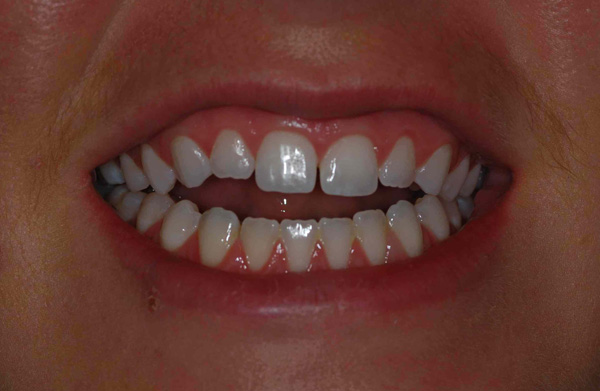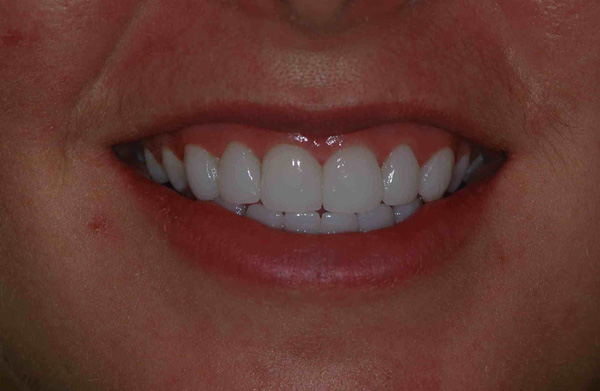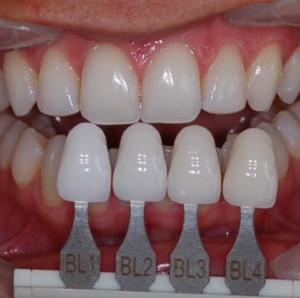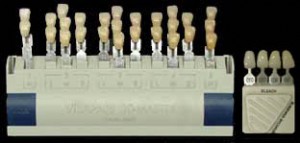Porcelain Veneers in Buenos Aires, Argentina
.
.
If you know about porcelain veneers, below is a selection of FAQ we have received from our patients, about having porcelain veneers completed in Buenos Aires:
.
.
• How many days I need to stay in Buenos Aires?
• Which porcelain veneer system do we use?
• What is the lifespan of porcelain veneers?
.
.
How many days I need to stay in Buenos Aires?
Between one day and 4 days is enough time to complete the treatment. Single veneer one day. Full mouth porcelain veneers 4 days.
.
.
Smile#1: Smile makeover with top veneers and bleaching
.
Before

.
After

.
.
Which porcelain veneer system do we use?
Most of the smile makeovers with porcelain veneers that we perform are done using VITA porcelain, which has beautiful translucency, great colors and looks extremely natural even in the bleaching shade range. The aesthetic results are amazing.
.
.
.
Smile #2: Extreme makeover with veneers
.
Before
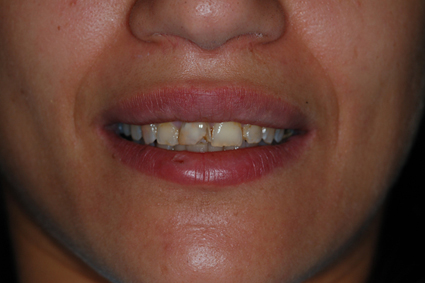
.
After
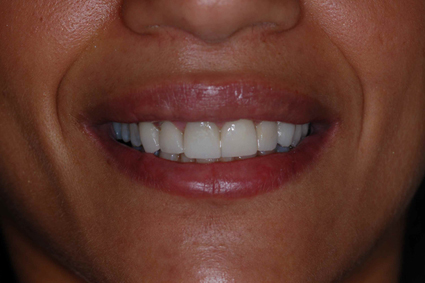
.
.
.
What is the lifespan of porcelain veneers?
With proper hygiene and controls the veneers can last more than 15 years on average.
.
.
Smile #3: Smile makeover with veneers
.
Before
.
After
.
.
.
Basic information about porcelain veneers
.
A porcelain veneer is a potentially excellent way to make a cosmetic change for a tooth. Unlike a crown, which covers the entire tooth, a veneer is a thin shell that is placed only over the front or visible parts of the tooth. Porcelain veneers can be a permanent cosmetic solution for discolored, chipped, or misaligned teeth.
With proper care, your new veneers will greatly improve your appearance and as a result increase your confidence for years to come.
.
.
Smile #4: Smile makeover pictures using veneers
.
Before
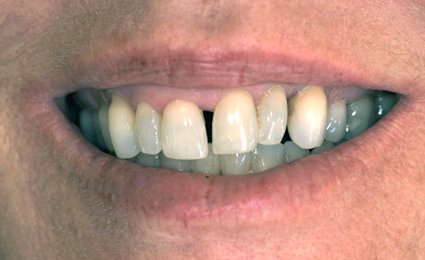
.
After
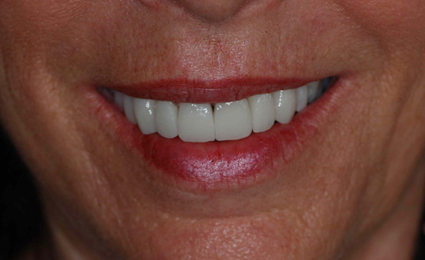
.
.
.
FAQ’s about Porcelain Veneers
.
How to choose the best color and shade for porcelain veneers?
Which system it is used to select the color?
In which cases is it desirable to use porcelain veneers?
How are the porcelain veneers attached to the teeth?
What are the advantages of porcelain veneers over other types of cosmetic bonding techniques?
Do porcelain veneers resist staining?
In which cases it is not desirable to use porcelain veneers?
How is the dental veneer process performed?
Are veneers always made of porcelain?
.
How to choose the best color and shade for porcelain veneers?
Once you decided to start with the treatment, you will have to choose the color of the veneer. Many patients tend to select the whitest shade available, only to realize their careless mistake afterwards.
The chosen shade should blend with the remaining teeth. Selecting an extra white shade, that doesn’t fit your smile, only helps to make the veneers evident. The goal is to accomplish your individual optimum whiteness while still looking natural.
.
.
.
.
Which system it is used to select the color?
In the dental field there is no one standard system to determine the color of a tooth. The most frequently and worldwide used, however, is the Vita shade guide. This guide has a range from white shades (typically for front teeth) to darker shades (for remaining teeth, as they are more stained as going backwards to the molars). These are called the “natural” colors. Nowdays, with bleaching and porcelain veneers, most people want their teeth whiter than those “naturally” colored shades. For that reason, Ivoclar released four new “bleaching shades”, which are whiter than the shades that occur naturally.
.
Here is a photo of both dental shade guides:
.
.
The dentists will show you the shade guides for you to pick from. Other items are also considered when determining the color of veneers, as the color of your natural teeth, the color of your skin, and even your hair color.
.
Our patients always have the final decision on what color to make their porcelain veneers and crowns, but for those who want their porcelain veneers too white or too dark, the Dental DAS Group Argentina team remind them that the color of their new porcelain veneers it is permanent and won’t lighten or darken over the years.
Color is very subjective topic, but our main goal for shade selection is that the patient is happy with the choice of their new porcelain veneers.
.
.
In which cases is it desirable to use porcelain veneers?
• If a tooth’s shape needs correction (if the tooth is broken, has developed poorly, is misshapen, etc)
• If a tooth is very discolored
• To cover mild teeth misalignment
• To fill the gaps in between teeth
.
.
Smile #5: Teeth makeover with veneers
.
Before
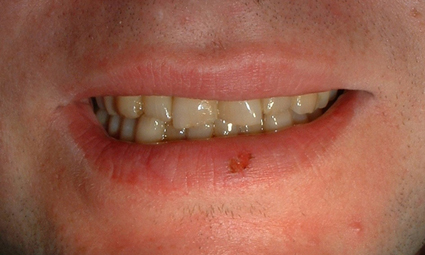
.
After
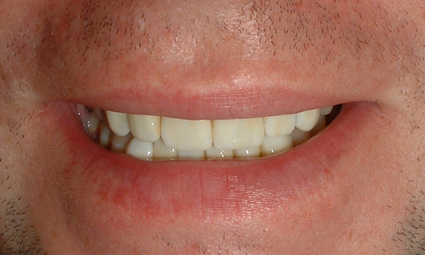
.
.
.
How are the porcelain veneers attached to the teeth?
Porcelain veneer cementation relies on the science of cosmetic dental bonding. The development of new materials allows us to securely attach a thin shell of porcelain (the veneer) to a tooth. Despite the fact that porcelain is essentially brittle, when it is firmly bonded to a strong substructure like a tooth, it in turn becomes strong and durable itself.
.
.
What are the advantages of porcelain veneers over other types of cosmetic bonding techniques?
• Porcelain veneers are just as translucent as the tooth’s enamel, creating a very realistic appearance. When a porcelain veneer is bonded onto a tooth’s surface it will mimic closely the light-handling characteristics of dental enamel.
• Porcelain veneers are less susceptible to stains
• Porcelain veneers maintain their original surface gloss over time
.
.
Do porcelain veneers resist staining?
Unlike cosmetic dental bonding materials, dental veneers are not susceptible to staining or discoloration; this is key for patients who drink excessive amounts of coffee, tea, red wine, or smoke tobacco.
Generally speaking, a veneer’s porcelain surface will remain extremely stain-resistant.
.
.
Smile #6: Smile makeover with porcelain veneers
.
Before
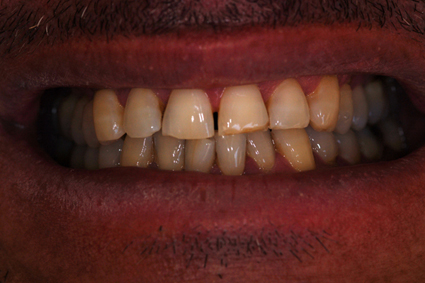
.
After
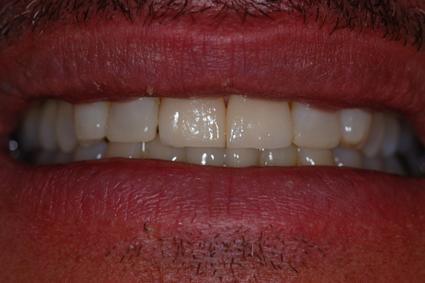
.
.
.
In which cases is it not desirable to use porcelain veneers?
It is important to realize that case selection is an extremely important factor associated with predicting the potential success of this technique. Porcelain veneers are not an appropriate solution for all situations. Some cases in which porcelain veneers are not desirable include:
•The patient’s oral hygiene is not at a high enough level
•Over half of the tooth is missing
•The remnant tooth is not strong enough to attach a porcelain veneer
•The patient needs bite correction
Even if you find that porcelain veneers are not appropriate for your specific situation, we will be happy to suggest other treatment options that are able to make the type of cosmetic change you are seeking.
.
.
Smile #7: Smile makeover with veneers
.
Before
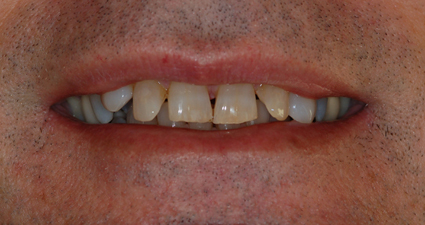
.
After
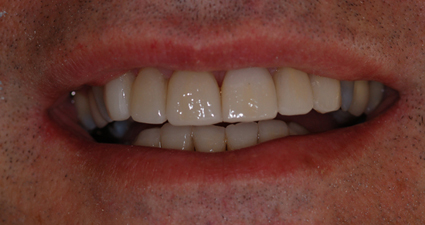
.
.
How is the dental veneer process performed?
The first step is to lightly trim the enamel on the front side of the tooth. It is necessary after this to make an impression of the teeth. Finally, the porcelain veneers are fixed with an extremely resistant adhesive cement onto the trimmed surface.
.
.
Are veneers always made of porcelain?
There is another material called composite that can be used to make veneers. It possesses the important advantage over porcelain of requiring less trimming of the tooth enamel. Despite this, porcelain veneers are generally preferred because they are harder, are better tolerated by the gums, and are more resistant to color changes.
.
.
Smile #8: Smile Makeover using partial veneers
.
Before
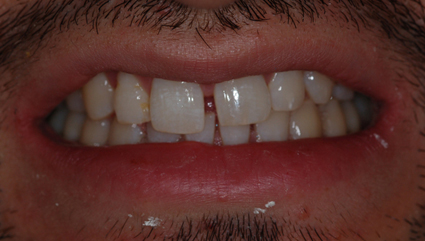
.
After
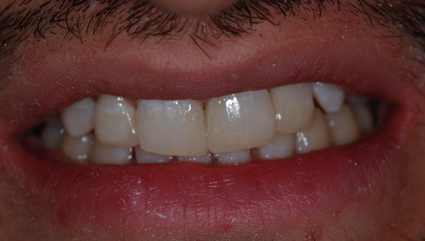
.
.
If you have any questions, please contact us.
We will be pleased to answer your inquiry.








